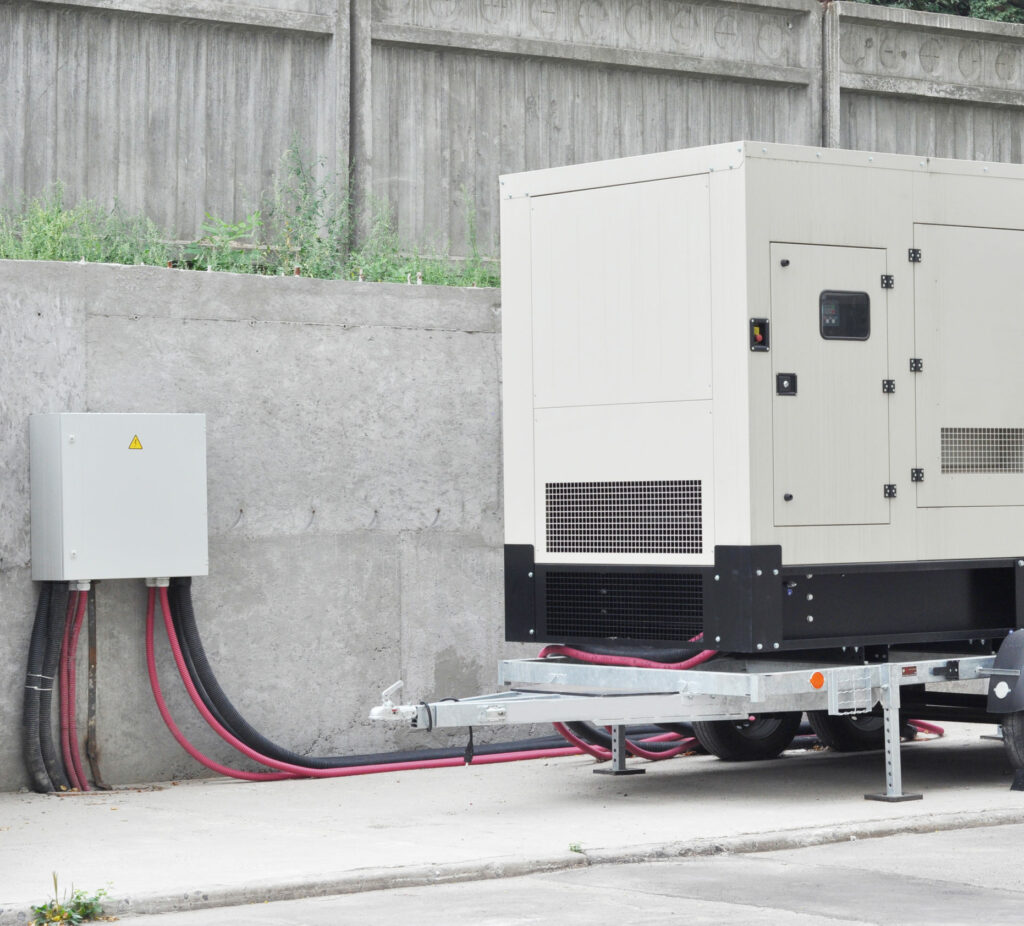What size UPS do I need?
Choosing the right size of a UPS for your needs is crucial to ensure reliable backup power during outages and to protect your electronic devices. To determine the size of the UPS, you must consider several factors:
- Power Requirement: Calculate the total power consumption of all the devices you want to connect to the UPS. Power consumption is listed in watts (W) or volt-amperes (VA) on the device or in its specifications. Add up the power ratings of all devices to determine the total power requirement.
- Load Factor: Consider the load factor or the percentage of the total power requirement the UPS supports. For example, if your power requirement is 1000W and you want the UPS to protect 70% of that load, you would multiply 1000W by 0.7 to get 700W. This factor allows for scalability and leaves room for more devices in the future.
- Battery Runtime: Determine the desired battery runtime, which refers to how long you want your devices to be powered during an outage. Battery runtime is usually measured in minutes. Consider the duration required for graceful shutdowns or temporary power until the primary power supply is restored.
- Efficiency and Power Factor: Consider UPS efficiency and power factor. Efficiency is the ratio of output power to input power, and a higher-efficiency UPS will consume less power from the wall socket. The power factor is how effectively the UPS converts input power into usable output power. A UPS with a higher power factor will provide more output power for the same input power.
- Redundancy and Scalability: Consider whether you need redundant UPS units or the ability to expand the UPS system in the future. Redundancy ensures continuous power supply even if one unit fails, and scalability allows adding more capacity as your needs grow.
Once you have these factors in mind, you can select an appropriately sized UPS. It's recommended to consult the manufacturer's specifications and guidelines for UPS models. UPS capacity is measured in volt-amperes (VA) or kilovolt-amperes (kVA). To convert watts to VA, divide the watts by the UPS power factor.
Devices may experience power surges during startup or operation. We recommend selecting a UPS with a capacity greater than your calculated needs. This will account for any fluctuations and guarantee optimal performance.
Finally, we emphasise that although we can recommend choosing the appropriate UPS size, your needs should ultimately determine the final decision. This should also include the manufacturer's recommendations or a qualified electrical professional.

































